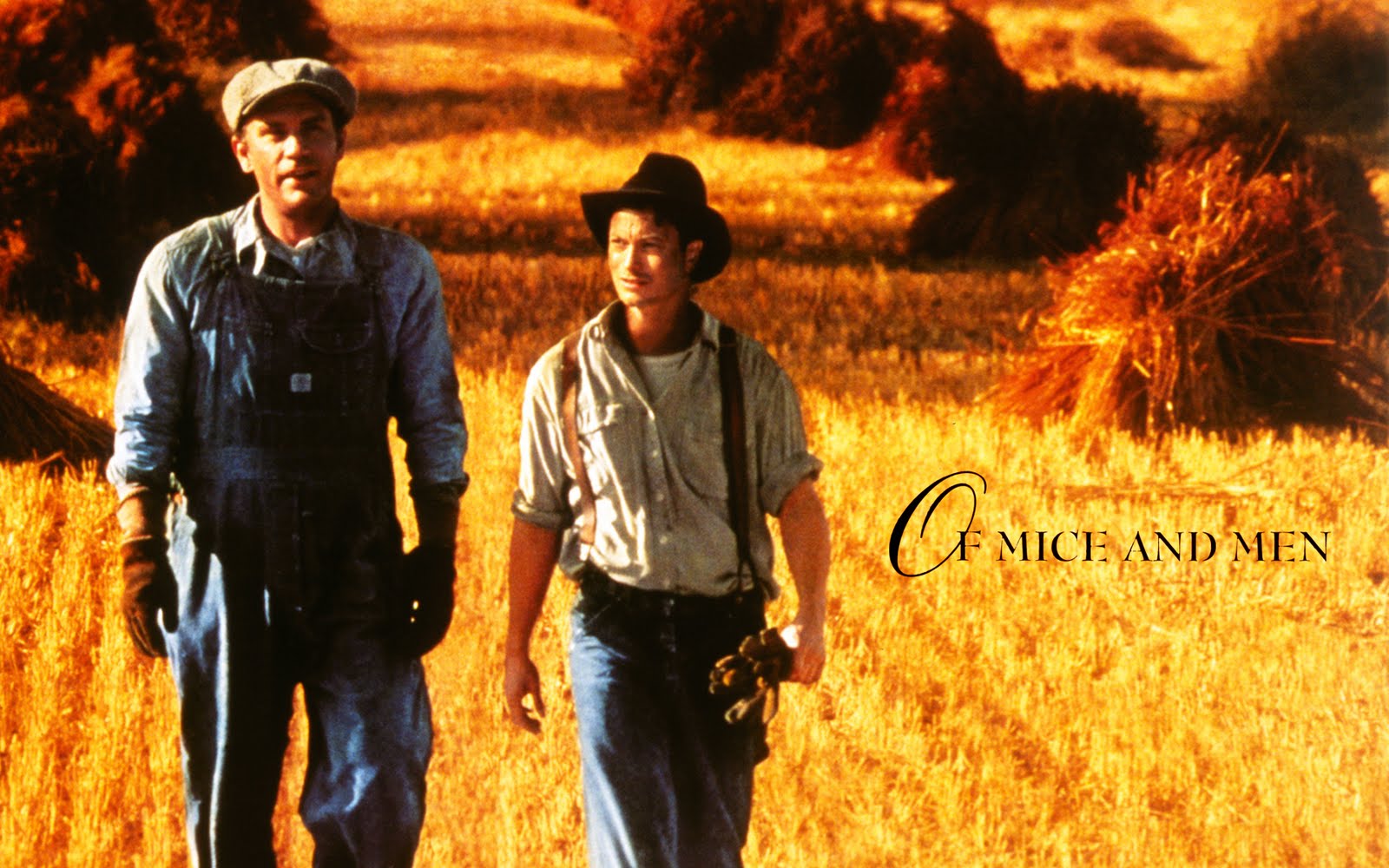To help you better exaggerate your tall tale or to make your myth sound more mythical, you will want to use figurative language.
Task 1: Define and find 10 examples of each of the following:
· Simile
· Metaphor
· Personification
· Hyperbole
Task 2:
A. Watch the video: "Punctuating Dialogue:" http://www.youtube.com/watch?v=xS2b4N8aiVU.
B. If you still are confused about the conventions of writing dialogue, visit this website: http://www.be-a-better-writer.com/punctuate-dialogue.html
C. Rewrite (you can copy & paste then edit) the following dialogues with correctpunctuation, capitalization, & paragraphing: Dialogue Exercises.
D. Write a dialogue between two characters (real or fictional) in which each character says at least five different things. It doesn't necessarily need to have a beginning, middle and end--so you can start the conversation at any point or you can end it abruptly (after ten total quotations). The point is for you to practice writing dialogue correctly. Submit it as a comment below.
Task 3: Write a draft of your own tall tale or myth. See requirements below.
Option A: Tall Tale:
-->a protagonist who is a real person, either historical or modern, but who you add details that describe him/her as having super-human abilities in some way that helps people and has to do with their job (ex. Paul Bunyan's size, John Henry's strength, Johnny Appleseed's ability to communicate with nature). For example, you may choose to write a tall tale about Paul Revere's superhuman ability to ride faster than the wind to warn that "the British are coming," or you may write a tall tale about Mariah Carey's superhuman ability to break glass with her voice, or Martin Luther King, Jr.'s superhuman ability to
-->at least 3 historic/realistic details
-->at least 3 exaggerations
-->a story with some sort of conflict that gets resolved/solved by the protagonist
-->an exposition, rising action, climax (conflict is at a breaking/turning point), falling action, and a resolution
-->at least 4 instances of simile, metaphor, personification, and/or hyperbole (you don't need to use all four devices, but you need for instances, so if you skip one, for example, you need to have at least two instances of another)
-->use some dialogue
Option B: Myth:
-->clear cultural setting
-->cultural values
-->spiritual elements (gods, etc.)
-->natural elements
-->MUST explain the creation of something
-->an exposition, rising action, climax (conflict is at a breaking/turning point), falling action, and a resolution
-->at least 4 instances of simile, metaphor, personification, and/or hyperbole (you don't need to use all four devices, but you need for instances, so if you skip one, for example, you need to have at least two instances of another)
-->use some dialogue




